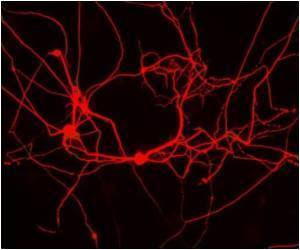A protein that plays a vital role in how plant roots use water and nutrients, which could pave way for improving the production and quality of crops and biofuels was uncovered by researchers.

A key part of that cellular barrier is the Casparian strip, which also helps plants to tolerate stresses such as salinity, drought and flooding.
Until recently, little was known about the genes that drive the formation of the Casparian strip, which is composed of a fine band of lignin, the polymer that gives wood its strength.
In their study, the researchers from Dartmouth, the University of Aberdeen and the University of Lausanne identified a protein, ESB1, involved in the deposition of lignin patches early in the development of the Casparian strip and the fusion of these patches into a continuous band of lignin as the Casparian strip matures.
Plants use lignin deposition in many different cell types and in response to various environmental stresses.
A better understanding of lignin deposition may eventually help scientists to manipulate lignin content in plants and boost crop and biofuels production, including in locations where growth conditions are not ideal.
Advertisement
Source-ANI











